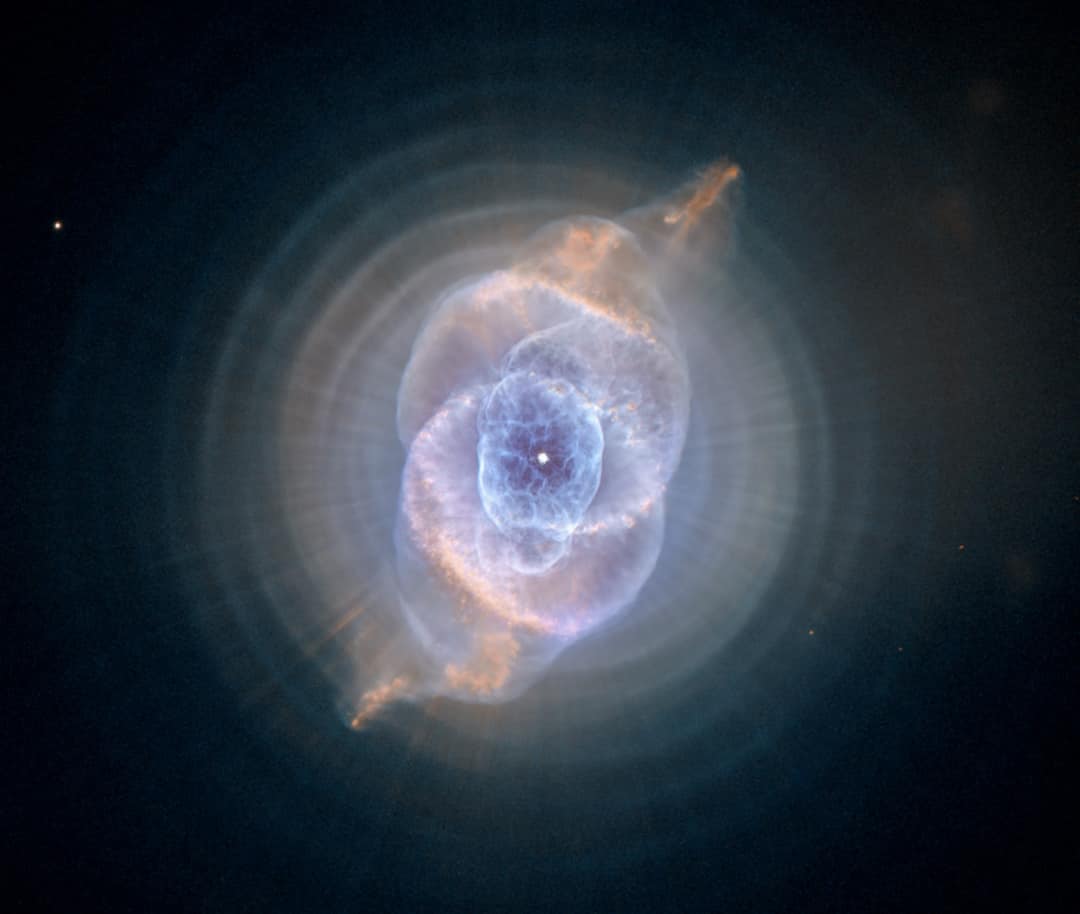It is truly a shame that light pollution prevents Torontonians from gazing at the stars because, as Alysa Obertas demonstrates, they are some of the most beautiful objects in all of existence. Admittedly, stars being beautiful isn’t exactly news. But Obertas, a PhD candidate with U of T’s Department of Astronomy & Astrophysics, breathes new life into this tired cliché in the brilliant planetarium show Life and Death of Stars.
Originally created by U of T astrophysicist and Outreach Coordinator of the Department of Mathematics Dr. Ilana MacDonald, the show is presented in the basement planetarium of the Astronomy & Astrophysics Building. Life and Death of Stars opens with a sweeping view of the Toronto skyline, familiarly devoid of stars and overwhelmingly polluted by the glaring city lights. Obertas soon shows us city dwellers what we’ve been missing by transforming a murky screen into a majestic illumination of the skies outside the city.
From there, the audience is brought on a voyage from the surface of our planet into the sprawling grounds of the cosmos. Moving from one celestial object to another, Obertas meticulously explains each astrophysical concept and fundamental law governing the birth, life, and death of stars. Notable curiosities like the red supergiant Betelgeuse and goldmine supernova SN1987A are given special attention, with their unusual traits fully exposed via high-resolution images on-screen, and a comprehensive commentary given by Obertas off-screen.
“One thing I hope audiences take away is that stars aren’t fixed — they change and evolve throughout their lifetimes,” wrote Obertas in an email to The Varsity. “Even more incredible is that as stars evolve and eventually end their lives, they create heavier elements. This material gets mixed back into surrounding clouds of gas, which new stars and planets form out of. We wouldn’t be here on Earth if it weren’t for dead stars.”
It is important to note that the experience is not at all a tedious lecture. No physics foreknowledge is required; Obertas explains everything clearly, concisely, and without technobabble. In fact, portions of the presentation have little to do with astrophysics at all as they focus on constellations and what can be seen with the naked eye. Dazzling visuals that fill the room delight children and adults, alike. “I hope that people who are curious about science, space, and astronomy attend the shows and leave with a new perspective and appreciation for our place in the universe,” said Obertas. “You don’t need to be an expert to appreciate the cosmos — we all share the night sky.”
Altogether, Obertas deftly weaves astronomy with entertainment to create an experience accessible for all educational backgrounds and recommendable for all ages. Obertas’ stunning visuals and eloquent descriptions are an excellent primer for anyone seeking a comfortable introduction to the cosmos. In both the literal and the metaphorical sense, the show is absolutely stellar.
The show is roughly an hour long and costs $10 per person. More information can be found here.


